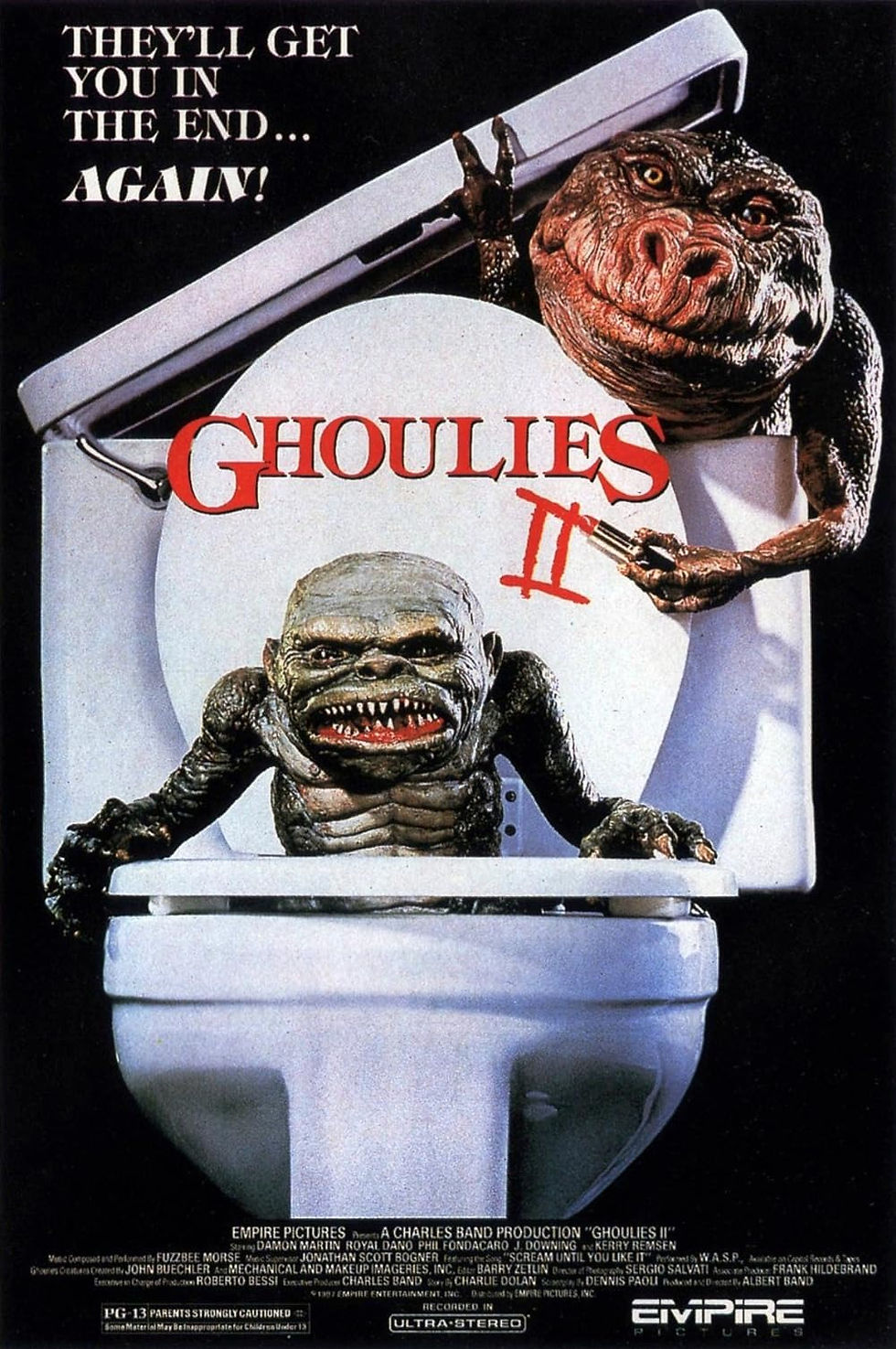Rosemary's Baby 1968 Movie Poster
- Allan Major

- Apr 1, 2024
- 2 min read

The cinematic poster for "Rosemary's Baby" is an artful enigma, a visual conundrum that invites the observer into the psychological labyrinth of the film. The image is drenched in a palette of ominous greens and blacks, crafting a surreal dreamscape that whispers of dread lurking in the mundane. Dominating the upper expanse of the poster is the ethereal visage of Mia Farrow as Rosemary Woodhouse, her pale profile floating like a specter bathed in an otherworldly glow, eyes cast upward in a silent plea or perhaps in foreboding anticipation of her fate.
At the heart of the composition is the foreboding silhouette of a lone baby carriage perched precariously on the jagged pinnacle of a darkened crag. This singular image is a chilling metaphor, juxtaposing the innocence of infancy with the perilous precipice on which it teeters—a symbol of the peril that infuses every frame of Roman Polanski's masterpiece.
The use of shadow and light plays a pivotal role in this tableau, with the starkness of the pram outlined against the murky shroud that envelops the scene. This chiaroscuro mirrors the film's exploration of the thin veil between domesticity and horror, between the seen and the unseen, between the psychological and the diabolical.
Moving to the film's title, the text "Rosemary's Baby" looms at the bottom in bold, white font—a stark, arresting anchor in a sea of ambiguity. The title itself is a paradox, a gentle name that carries with it an undercurrent of the uncanny and the unnatural.
Finally, the credits are neatly arranged at the poster's base, a constellation of cinematic contributors who brought this unsettling tale to life. The use of minimalistic font allows the movie's accolades to speak volumes—highlighted by the mention of the prestigious Palme d'Or, asserting the film's rightful place in the pantheon of classic cinema.
In conclusion, this poster is not merely an advertisement but a visual thesis on the film's theme—the corruption of innocence and the insidious nature of evil. It is a masterpiece of subtlety, a gateway to the film's dark soul, that captivates and unnerves, compelling one to look closer, to peer deeper into the shadows, to unravel the mystery of "Rosemary's Baby."
The poster stands as an enduring icon of horror, a sentinel of the eerie and the profound, encapsulating the essence of a tale that is as much a reflection on human vulnerability as it is a chronicle of terror.







